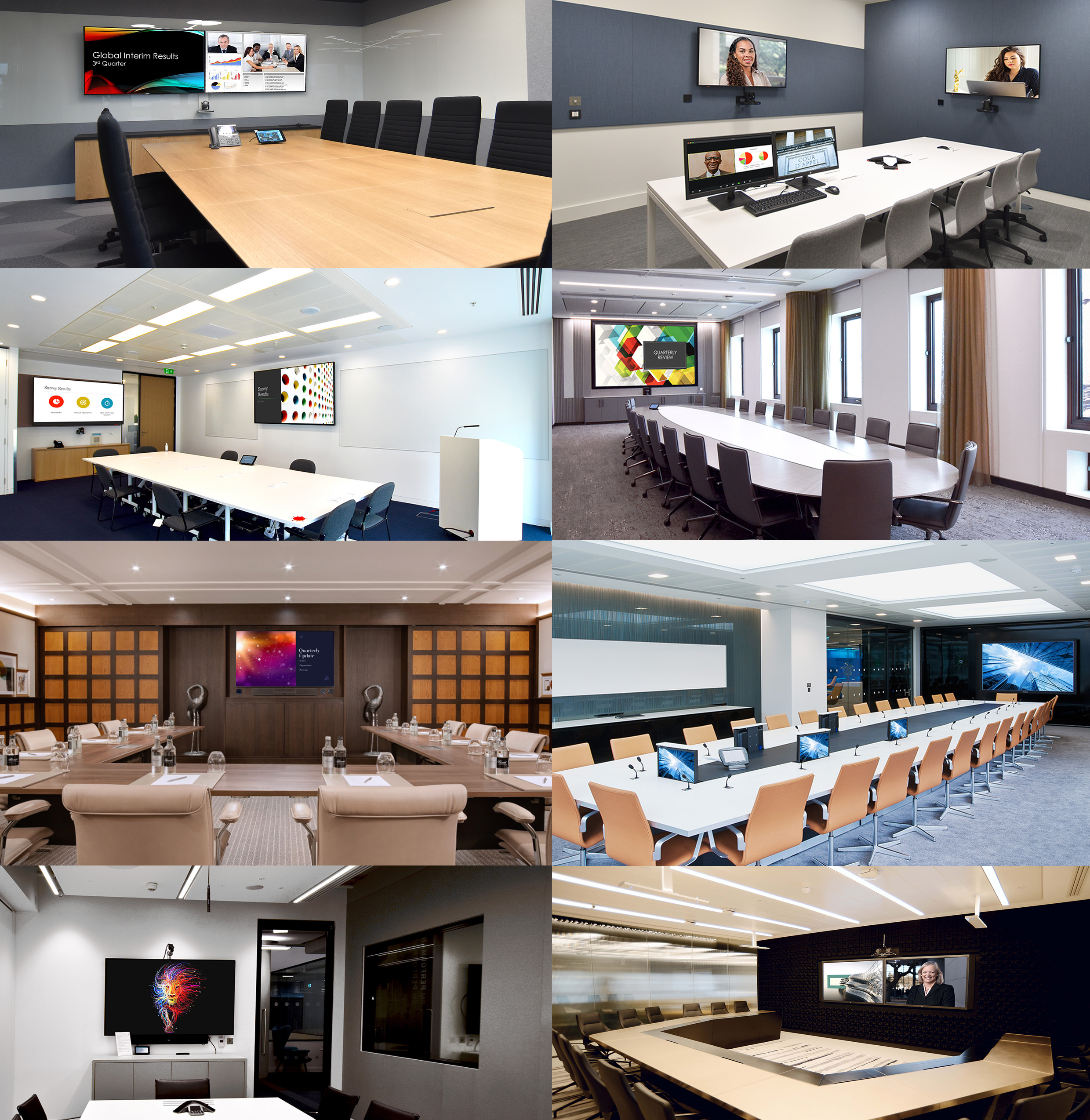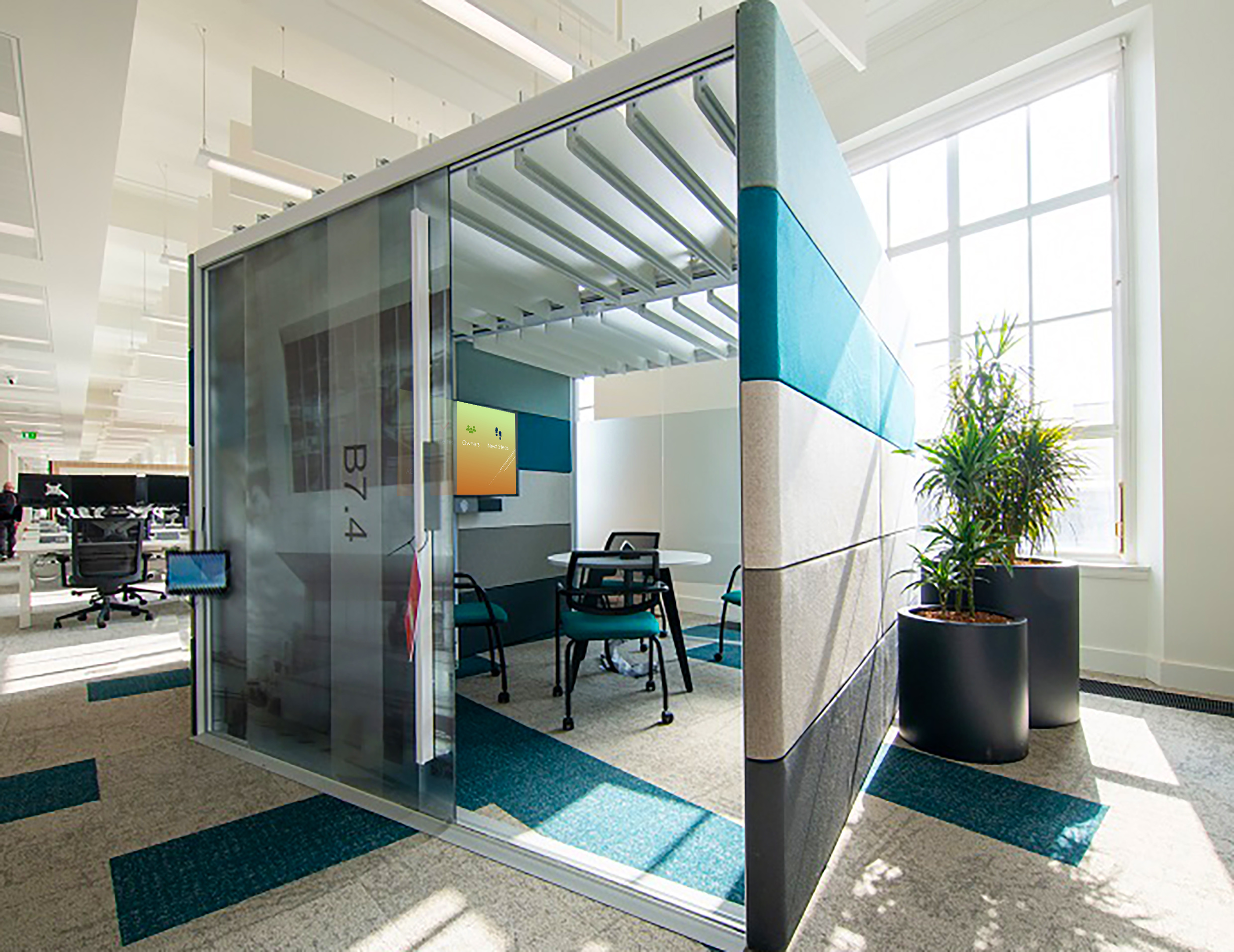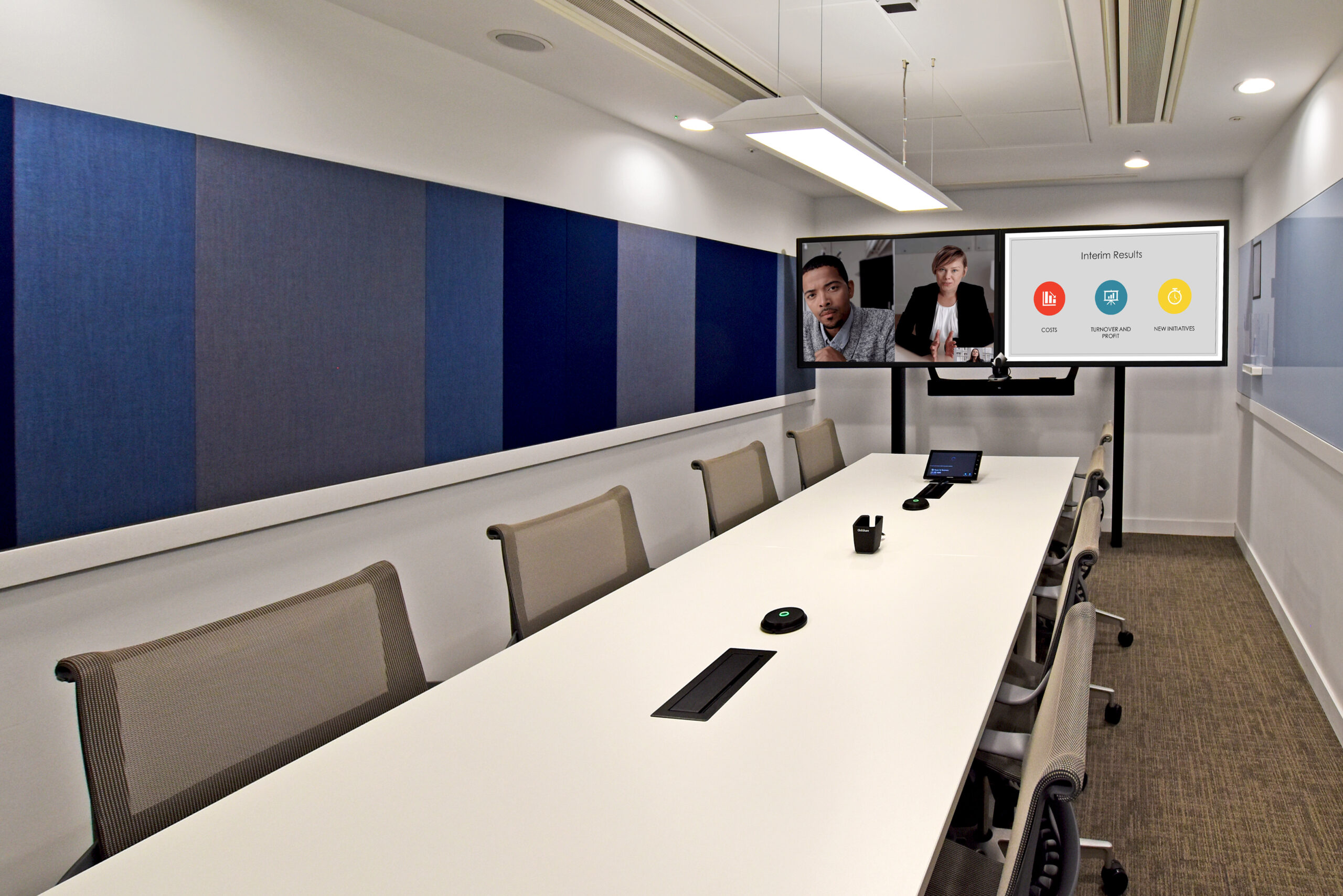
What is Video Conferencing?
Video conferencing is the exchange of communication between two or more individuals in different locations via video. It involves webinar software and audio visual solutions with features and tools to boost collaboration, engagement and efficiency. Globalisation, the pandemic and the rise of hybrid working has affected the way we communicate, work, and learn and increased the need for effective video calling.
Benefits
There may be an estimated 87 million conference rooms on the planet, however only around 13% are currently video calling enabled. A shame as video conferencing has a number of important benefits. Here we explore those benefits:
- Effective Communication
The human brain has been shown to process images 60,000 times faster than text. Good visual content is key for audiences to understand information quicker, making content delivered via video easier for participants to remember, understand and contribute. Joining a video conference is far more engaging than an audio conference with attendees less likely to “zone out” or perform other tasks
In addition, face-to-face interactions improve business relationships as visual cues are important for understanding. For remote staff, this helps with the feeling of belonging and socialisation.
- Cost-Efficiency and Sustainability
Video conferences can reduce travel and commuting. It is much cheaper and more sustainable to hold a video conference to engage with participants remotely instead of in-person meetings. Video conferences allow digital presentations from different parts of the world to be shared in seconds, without the need for physical travel.
- Productivity Gains through Collaboration
Teams require collaboration solutions that let them meet and communicate projects online through screen sharing, real-time messaging, and of course, video conferencing. In a report that surveyed more than 1,300 business professionals across age groups and industries, 43% of respondents said video conferencing had improved team productivity when in different locations. Sharing documents on screen for review during a video conference is as effective as when in a face to face meeting.
- Attendance
If participants don’t need to travel to join a meeting, they are more likely to be able to schedule it into their day. In this way video conferences can improve meeting attendance especially for those in top management positions and executives with busy schedules.
- Accuracy
It is easy to record meetings when using video conferencing solutions. Great for sharing, showing and reminding everyone what was discussed and agreed upon. This avoids misunderstanding or inaccurate manual notes.
- Virtual Events
Virtual events allow the broadcast of video and meeting content simultaneously to an audience. This one-to-many type of communication allows organisations to offer interactive, engaging and compelling live video streaming experiences to clients, students and staff. Virtual events can be recorded and stored for future use and review which can reduce cost. Interestingly, people are 75% more likely to watch a video than read printed materials. This means virtual events more likely to be attended and the recordings of virtual events more likely to be viewed.
- Range of solutions for every budget
Setting up costs used to be a prohibiting factor for most businesses. These days however, there is a broad range of solutions and systems to suit every budget and audience size. If you are interested in adding video conferencing capabilities to your organisation and would like some advice, why not get in touch today? We offer free no-obligation consultations with our experts on these and other AV related projects.
You can contact us here.




